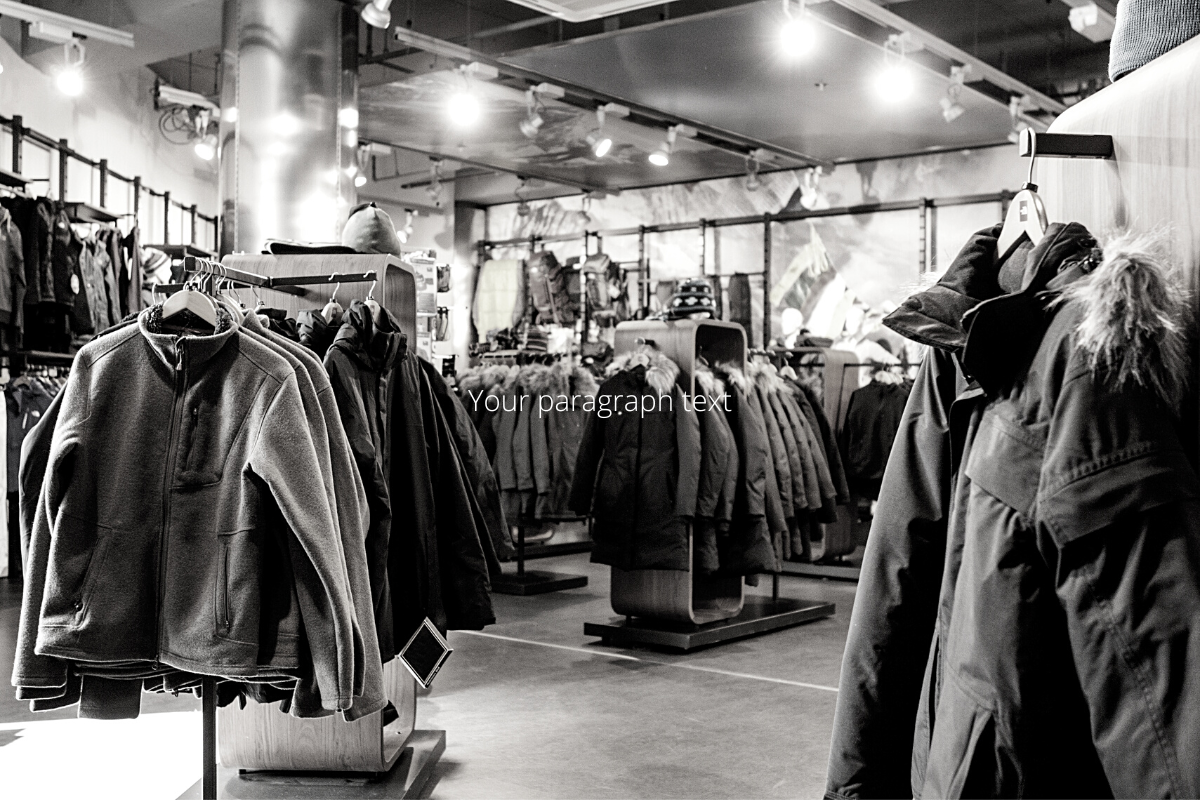It’s become evident that things won’t go back to the way they were before the pandemic. This shift isn’t a negative thing, either, as retail supply chains are becoming more resilient in the face of this pressure. The extremes of COVID-19 have highlighted areas where supply chain resilience has fallen short.
The pandemic has provided supply chains with a unique learning experience. Seeing where yesterday’s techniques have failed reveals retail supply chain’s best practices for tomorrow. Here are a few examples of supply chain trends coming about in response to COVID-19.
Increased Automation
Many supply chains were already moving towards automation before the onset of COVID-19. In 2019, before anyone was concerned about a global pandemic, 55% of logistics companies invested in warehouse automation. When COVID struck and limited companies’ human workforces and budgets, this trend accelerated.
The benefits of automation have always been clear, but the pandemic emphasized them. Even as warehouses can go back to supporting their full workforce, this trend will likely continue. Supply chains have learned first-hand how automation can support them through a crisis, so further adoption will prevent future disruptions.
Stepping Away From Lean Warehousing
COVID-19 has highlighted how supply chain resiliency relies on flexibility, but lean operations aren’t flexible. With minimal stock on hand, companies faced lengthy delays and shortages as the virus slowed their distributors and sources. Post-COVID retail supply chains will move away from the lean trend to improve future flexibility.
While just-in-time warehousing produces considerable savings, it doesn’t stand up under pressure. Retail supply chains likely won’t abandon this approach entirely but will look to balance efficiency and resiliency instead.
Distributed Sourcing
One of the most significant factors behind supply chains’ lack of flexibility was an overreliance on consolidation. As the virus affected different areas disproportionately, supply chains with single sources found themselves facing greater disruptions. In contrast, companies with flexible, distributed sourcing could adjust to these changes.
Retail supply chain best practices after the pandemic include distributed geographically diverse sourcing. Consolidation brings savings in the short term but isn’t resilient. While source distribution can be more costly, the benefits from added resilience are difficult to ignore.
Reshoring
Retail supply chain reliance on Chinese facilities led to considerable disruptions. Offshoring to nations like China had been a dominant trend for years, but COVID may change that. As the shortcomings of international supply chains become more evident, more companies may move towards reshoring.
Reshoring and nearshoring won’t eliminate disruptions from something like a pandemic, but it does minimize them. Communication and responses can be faster when there’s less distance between facilities.
Post-COVID Retail Supply Chains Won’t Be the Same as Before
In the first few months of the pandemic, many conversations focused on how businesses could go back to normal. It’s now become clear that enterprises shouldn’t return to the way things were. Instead, they must move forward. COVID has demonstrated that many tried-and-true techniques are insufficient in the face of great pressure.
Post-COVID retail supply chains will be more flexible and resilient structures than they were before. As companies embrace these trends, they won’t likely turn from them when the pandemic ends. Supply chains are forever changed, and that’s mostly a good thing.
Source: Supply Chain Brief





